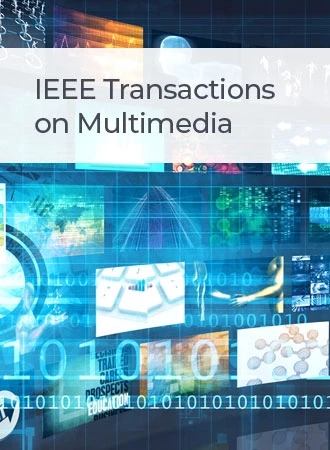用于微视频多标签分类的多模态渐进调制网络
IF 9.7
1区 计算机科学
Q1 COMPUTER SCIENCE, INFORMATION SYSTEMS
引用次数: 0
摘要
微视频作为一种日益流行的用户生成内容(UGC)形式,自然包含多种多样的多模态线索。然而,为了追求表征的一致性,现有方法忽略了同时考虑探索模态差异和保留模态多样性。本文提出了一种用于微视频多标签分类的多模态渐进调制网络(MPMNet),通过逐步调节各种模态偏差来增强每种模态的指示能力。在 MPMNet 中,我们首先利用以单模态为中心的并行聚合策略来获得初步的综合表征。然后,我们将特征域分解调制过程和类别域自适应调制过程整合到一个统一的框架中,共同完善面向模态的表征。在前一种调制过程中,我们在一个潜在空间中对模态间的依赖关系进行约束,从而获得面向模态的样本表征,并引入一种分解范式来进一步保持模态的多样性。在后一种调制过程中,我们构建了全局上下文感知图卷积网络,以获取面向模态的类别表征,并开发了两个实例级参数生成器,以进一步调节单模态语义偏差。在两个微型视频多标签数据集上进行的广泛实验表明,我们提出的方法优于最先进的方法。本文章由计算机程序翻译,如有差异,请以英文原文为准。
Multimodal Progressive Modulation Network for Micro-Video Multi-Label Classification
Micro-videos, as an increasingly popular form of user-generated content (UGC), naturally include diverse multimodal cues. However, in pursuit of consistent representations, existing methods neglect the simultaneous consideration of exploring modality discrepancy and preserving modality diversity. In this paper, we propose a multimodal progressive modulation network (MPMNet) for micro-video multi-label classification, which enhances the indicative ability of each modality through gradually regulating various modality biases. In MPMNet, we first leverage a unimodal-centered parallel aggregation strategy to obtain preliminary comprehensive representations. We then integrate feature-domain disentangled modulation process and category-domain adaptive modulation process into a unified framework to jointly refine modality-oriented representations. In the former modulation process, we constrain inter-modal dependencies in a latent space to obtain modality-oriented sample representations, and introduce a disentangled paradigm to further maintain modality diversity. In the latter modulation process, we construct global-context-aware graph convolutional networks to acquire modality-oriented category representations, and develop two instance-level parameter generators to further regulate unimodal semantic biases. Extensive experiments on two micro-video multi-label datasets show that our proposed approach outperforms the state-of-the-art methods.
求助全文
通过发布文献求助,成功后即可免费获取论文全文。
去求助
来源期刊

IEEE Transactions on Multimedia
工程技术-电信学
CiteScore
11.70
自引率
11.00%
发文量
576
审稿时长
5.5 months
期刊介绍:
The IEEE Transactions on Multimedia delves into diverse aspects of multimedia technology and applications, covering circuits, networking, signal processing, systems, software, and systems integration. The scope aligns with the Fields of Interest of the sponsors, ensuring a comprehensive exploration of research in multimedia.
 求助内容:
求助内容: 应助结果提醒方式:
应助结果提醒方式:


